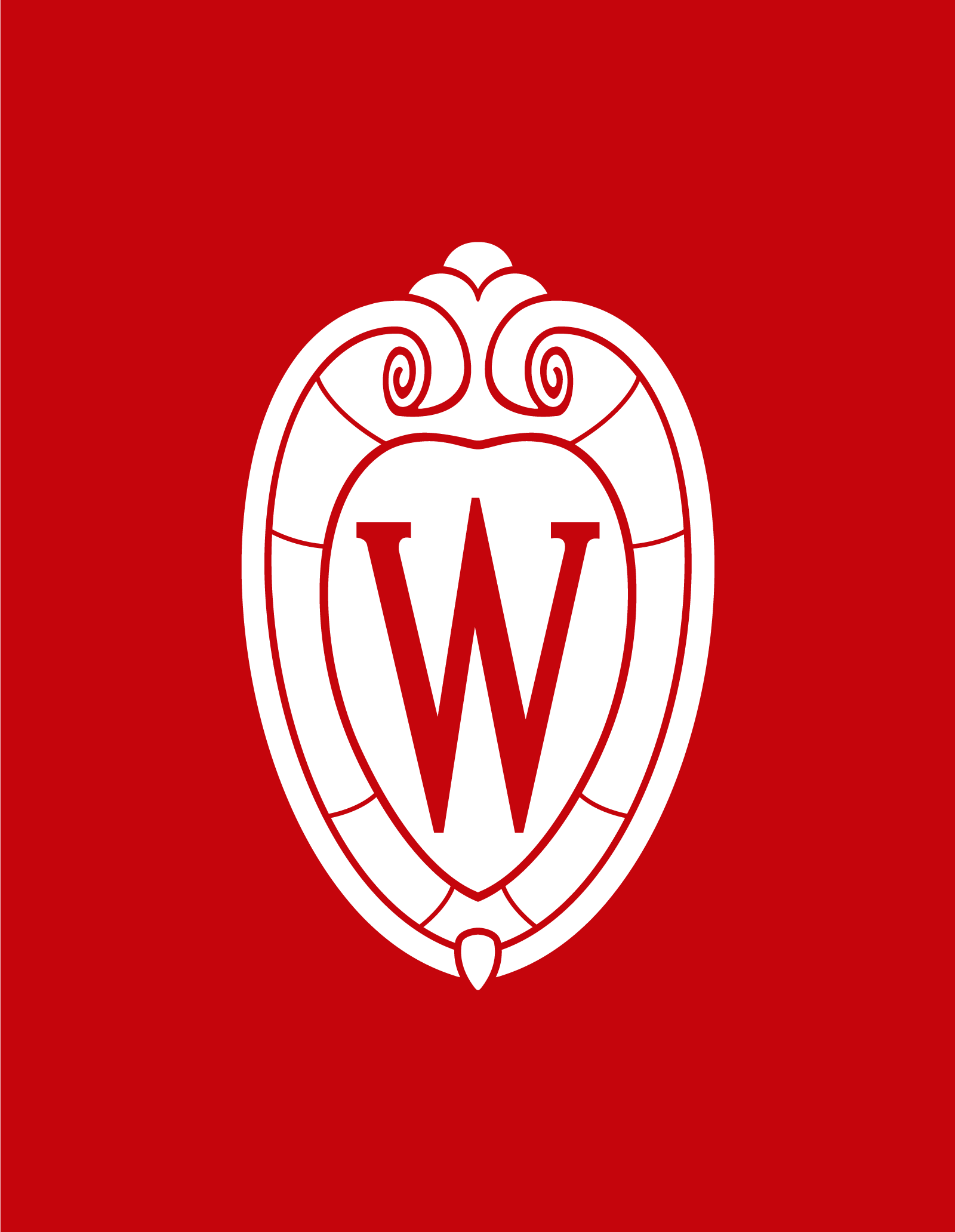Student-led landscape tours bring awareness to First Nations’ history and culture on campus
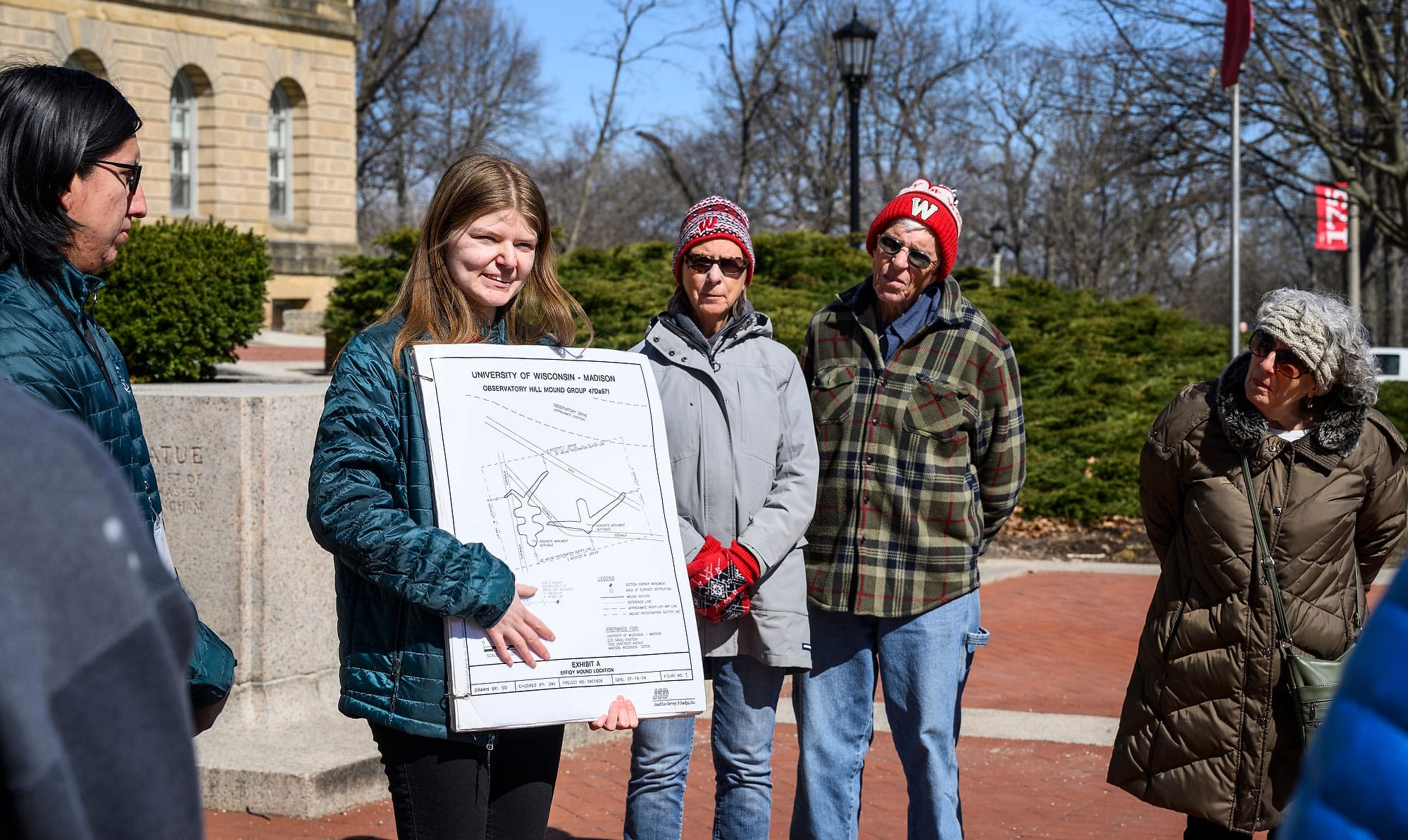

Photo credit: Althea Dotzour, University of Wisconsin–Madison
From left to right, tour leaders Kane Funmaker, undergraduate student and Ho-Chunk Nation tribal member, and Abbey Woldt, undergraduate student and Ho-Chunk Nation tribal member, speak to participants during a First Nations Cultural Landscape Tour on April 5, 2024.
Crossing campus on a hot summer day, you may pass Indigenous burial mounds before taking refuge in some AC. Or, on your way to the Terrace, you may walk by the symbol of a ceremonial peace pipe etched in the floor of Memorial Union.
The influence of the First Nations is all around us on UW–Madison’s campus.
You can learn about these and other landmarks on the First Nations Cultural Landscape Tour, an educational exploration of the history and culture of First Nations at UW–Madison, led by trained students, faculty and staff.
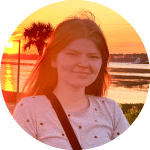

Abbey Woldt
Tour guides Abbey Woldt, a member of the Ho-Chunk Nation, and Mariah Olson are Summer Term students. Some members of the Summer Term team had the opportunity to join one of their tours and speak with them about the transformative power of the tour, as well as how students and staff can engage thoughtfully with Indigenous culture on campus.
Spreading awareness on campus and beyond
For over 20 years, the First Nations Cultural Landscape Tour has led group walks to share the Indigenous history and culture of Teejop (pronounced day-JOPE), which is the Ho-Chunk name for the area of four interconnected lakes on which UW–Madison is situated.
The walking tour covers over a mile out and back and includes various terrain such as stairs and inclines in elevation. The tour does not have a virtual option, but Mapping Teejop is a digital entry point into learning and reflecting on the Indigenous history and presence of the UW–Madison campus.
“There is so much history, and much of the history told is focused on the founding of Wisconsin,” Abbey says, “but there are thousands of years of prior human experience on this land that is important to learn about.”
Abbey and Mariah shared on the tour that because of this area’s rich Ho-Chunk history, UW–Madison is one of the most archaeologically rich campuses in the country. In recent years, divers have unearthed several ancient canoes on the shores of Lake Mendota, the oldest of which dates back approximately 4,500 years.
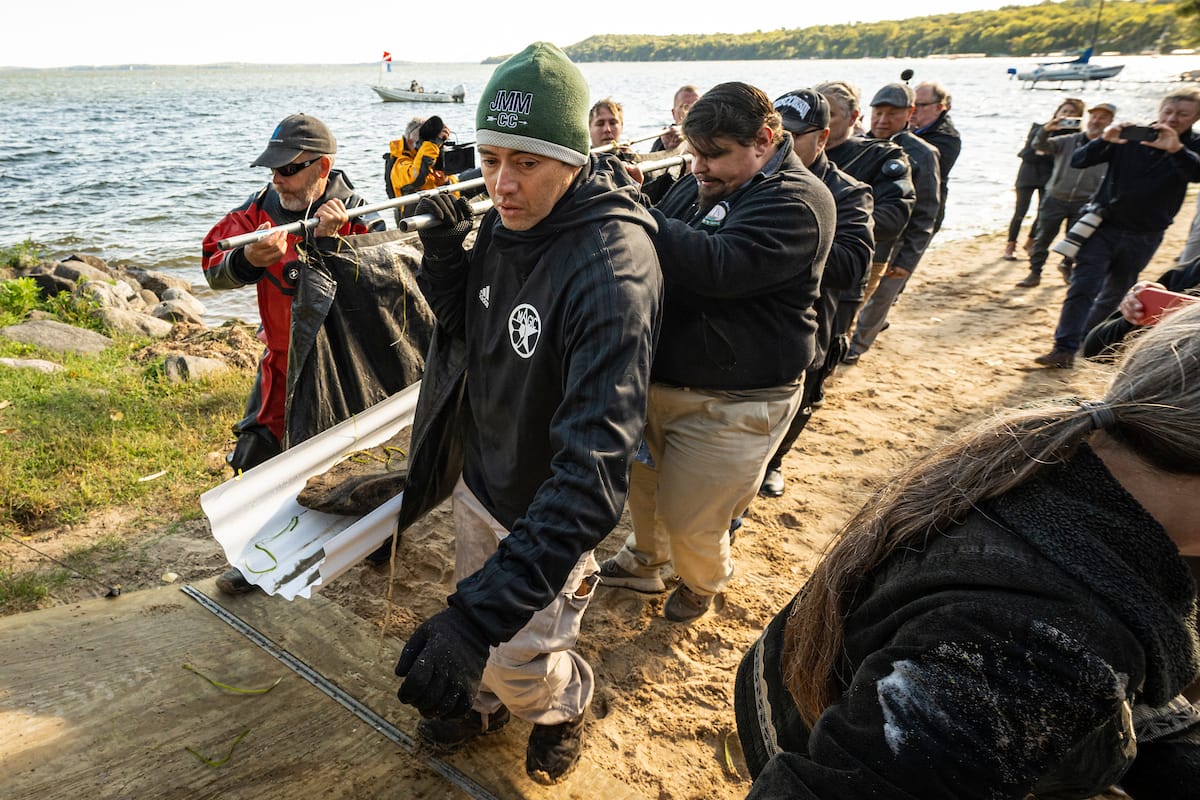

Photo credit: Bryce Richter, University of Wisconsin–Madison
Members of the recovery dive team, along with tribal members of the Ho-Chunk Nation, transport a 3,000-year-old dugout canoe from Lake Mendota that was recovered by a team from the Wisconsin Historical Society on Sept. 22, 2022 in Madison, Wisconsin.
“Imagine being so good at making those canoes and preserving them that we can find those canoes in recognizable shape 4,500 years later,” Mariah says. “It’s amazing how rich and knowledgeable their culture is.”
Another landmark on the tour was a sculpture by Indigenous artist Truman Lowe, a long-time UW–Madison professor. Notably, the sculpture’s inscription is one of the only places on campus that features Ho-Chunk language.
“Effigy: Bird Form” is meant to evoke the effigy mounds that have been lost. The sculpture is located on the eastern edge of Observatory Hill just north of Van Hise Hall.
“I wanted to make an image that would be… like a bone structure, that would give an outline but also a sense of invisibility of the entire form (of effigy mounds),” Lowe said. “In a sense, this work is for all those mounds that have disappeared.”
Truman Lowe
Indigenous sculpture artist and UW–Madison professor, 1944-2019
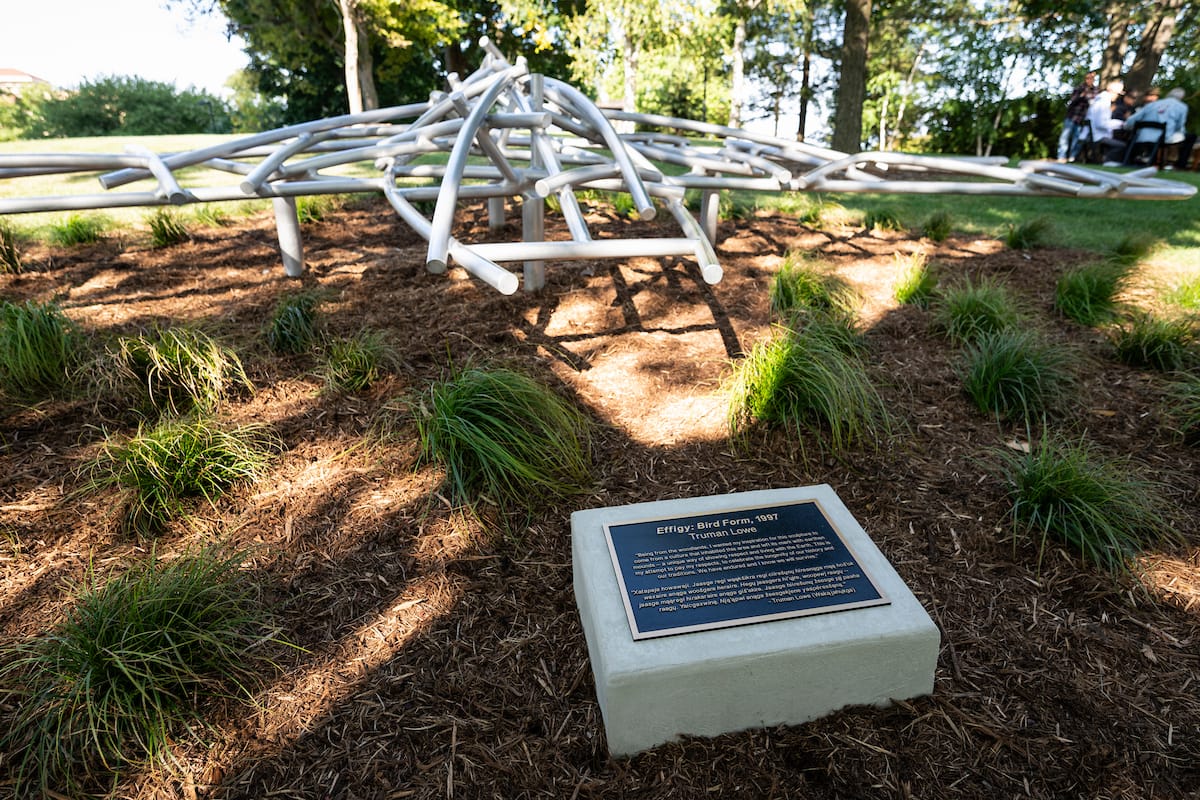

Photo credit: Jeff Miller, University of Wisconsin–Madison
“Effigy: Bird Form,” a metal sculpture made in 1997 by the late Indigenous artist and UW–Madison Art Professor Truman Lowe, is pictured during a dedication ceremony at the University of Wisconsin–Madison on Sept. 15, 2023.
Both Abbey and Mariah agree that the tour is a transformative experience for themselves and the participants.
“Sometimes, I’ve had people cry on tours,” Mariah says. “It’s such a healing thing to get to speak to people and change how they might view this place.”
Seizing academic opportunities in the summer
When they aren’t leading tours this summer, Abbey and Mariah are working toward academic and personal goals.


Mariah Olson
Mariah is pursuing her undergraduate degree in Environmental Science and a certificate in American Indian and Indigenous Studies. She’s taken advantage of Summer Term throughout her academic journey as an opportunity to explore new subjects and see if she’s interested in going deeper. She’s taken courses in atmospheric science, ethnobotany and even architecture.
“Summer Term gives me more freedom to decide what I want to do,” Mariah says.
Abbey, a senior studying Nursing and Health Promotion & Health Equity, has taken advantage of Summer Term to complete courses for her two certificates: Health and the Humanities and American Indian & Indigenous Studies.
Through her summer coursework, she’ll be able to complete these additional certificates and still graduate when she wants without adding another semester.
“I feel that my certificates are helpful in supporting and expanding my learning, so I’m glad that I can fit in classes during the summer,” Abbey says. “I also have time to focus on them more in-depth as I’m typically not taking other classes at the same time.”
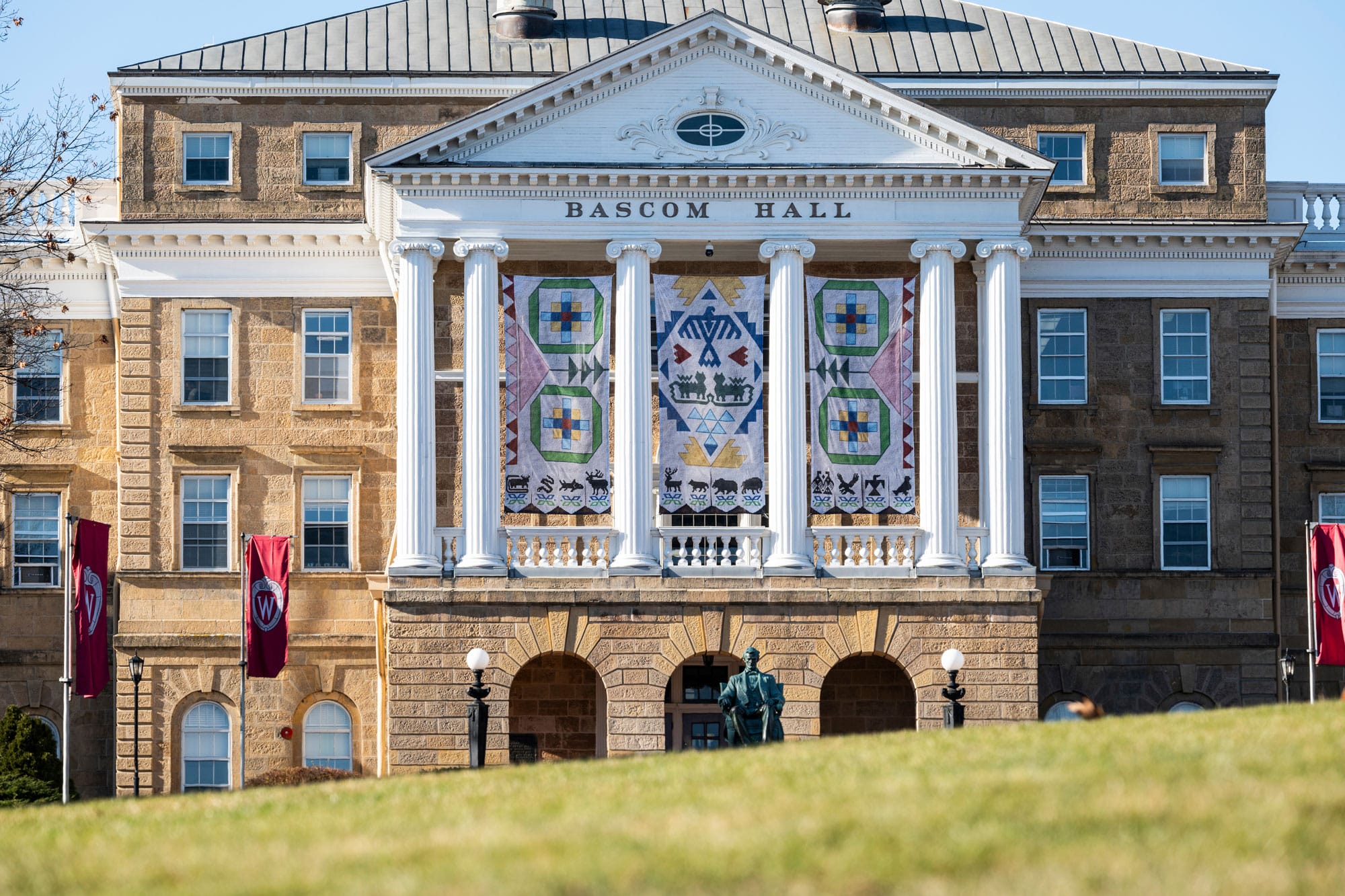

Photo credit: Jeff Miller, University of Wisconsin–Madison
Pedestrians walking across Bascom Hill frame a view of Ho-Chunk banners hanging between the building columns of Bascom Hall at the University of Wisconsin–Madison during a sunny, late-fall day on Dec. 7, 2023.
Honoring the sacred history of Teejop
Abbey and Mariah expressed their desire to educate students and the broader community about the spiritual and cultural significance of the land they occupy.
“Teejop is a sacred place,” Mariah says. “You would describe this place as a continuous mound landscape, and mounds — as well as the area around them — are believed to be sacred.”
Abbey feels the mounds are one of the most significant pieces of history on campus. She hopes that by educating others about their spiritual meaning, they will feel a greater sense of connection to the landscape.
“The Ho-Chunk have a strong connection and relationship to the land of Teejop,” Abbey says. “Much of this history is reflected in the landscape of the campus, so take time to reflect. Form a connection to the land and take in the environment around you.”
Opportunities to learn more about First Nations on campus
Mapping Teejop is an online experience that introduces Ho-Chunk and Native history and presence at UW–Madison and provides opportunities for self-reflection. For groups that want a more in-depth experience with tour guides, request a tour here.
The Sifting and Reckoning website is a resource to learn about UW–Madison’s history of exclusion and the activism of students. The exhibit covers many different topics that are also discussed in the First Nations Cultural Landscape Tour.
The Indigenous student group Wunk Sheek hosts events throughout the year, including an Indigenous Peoples’ Day powwow as well as another powwow in the spring at Madison Area Technical College.
Native November celebrates Indigenous history and culture with events throughout the month where all are welcome to attend.
Follow UW Summer on Instagram and share your story with #MyBadgerSummer to show us what you’re up to this Summer Term.
Published on Jul 28 2025
Last Updated on Oct 08 2025
Categories: Student stories, Summer Term
Tags: jobs, social sciences, student life
Next Post
Top 10 courses of Summer Term 2025
Previous Post
Quiz time! Test your knowledge of Badger summer history
